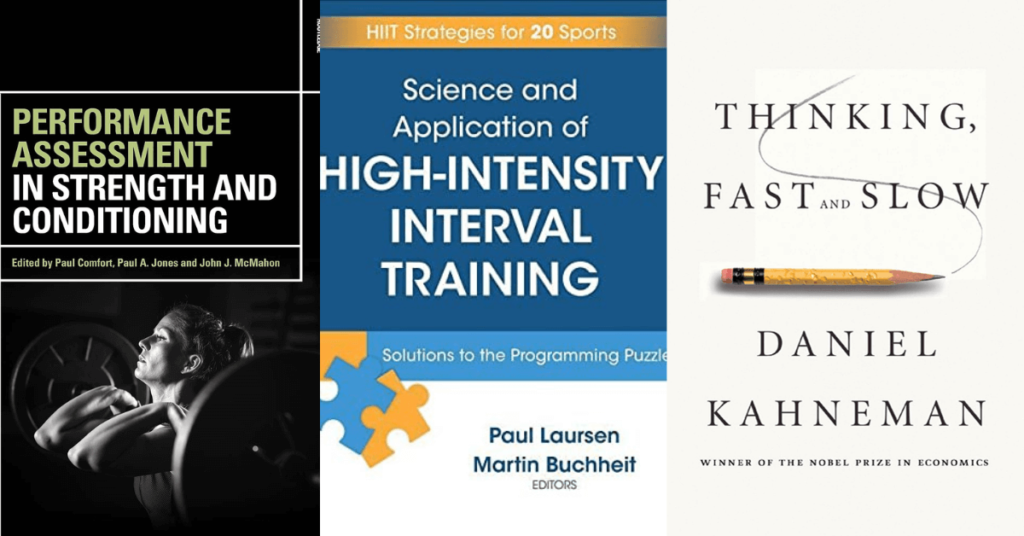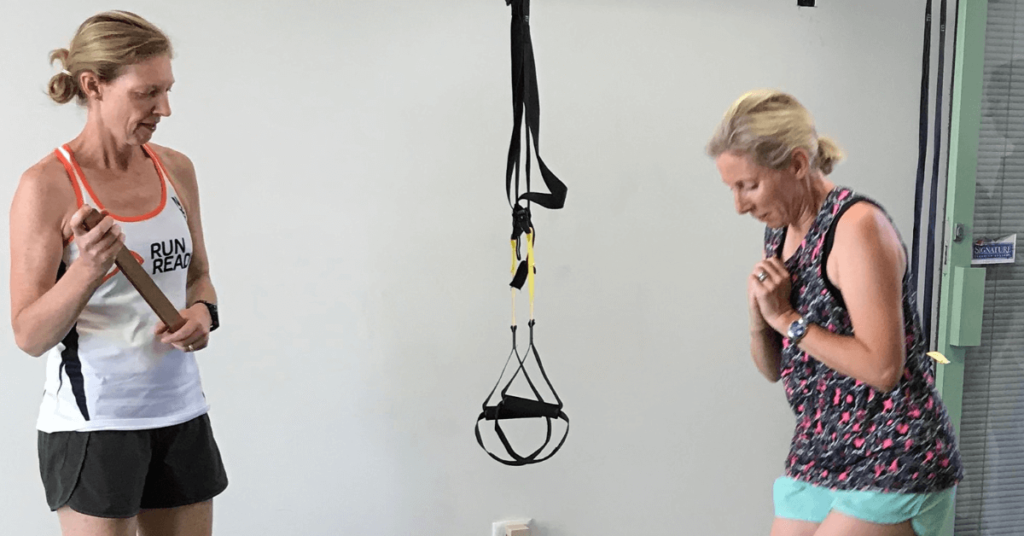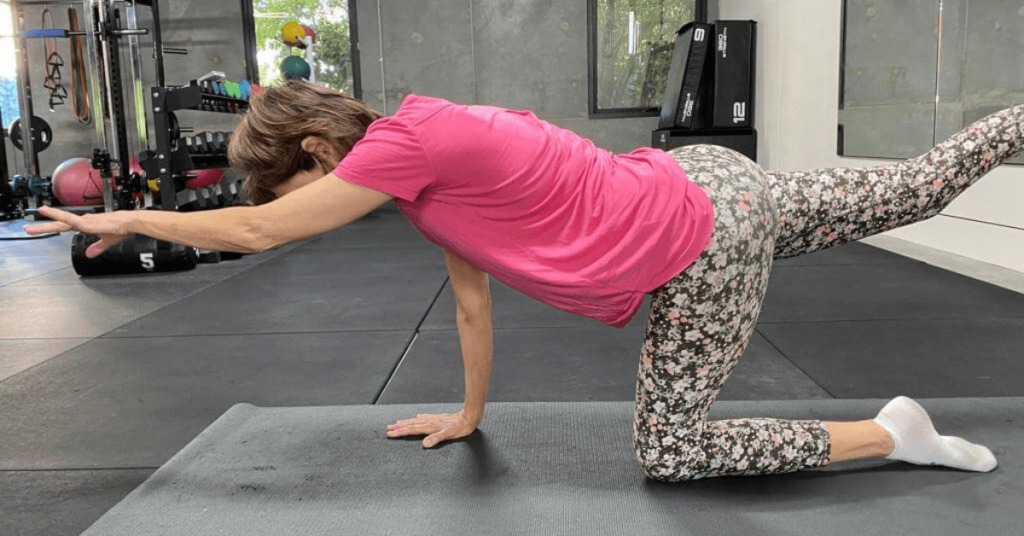The Top 10 Best Books for Strength and Conditioning Coaches

Books for strength and conditioning coaches are remarkable creations because they allow us to understand the thoughts of great coaches, practitioners, and athletes. Let us face it, we cannot read everything, but we can prioritize.
These ten books are recommended to take your training to the next level.
Dr. Mel Siff’s book, Facts And Fallacies Of Fitness, is a must-read for any strength coach or serious athlete’s book readings collection. Dr. Mel Siff has prepared a collection of short writings on various topics connected to athletic training. He uses this data to disprove pseudoscientific notions and replace them with actual truths. This book contains the results of nearly a decade of research by scientists and high-level athletes. Dr. Siff simplifies the information by including just facts about physical training.
In other words, if you are serious about your training or coaching, this book will be a valuable resource for you. You can discover that your favourite modalities limit athletic growth or that the most exercises you avoid are the key to achieving maximum results.
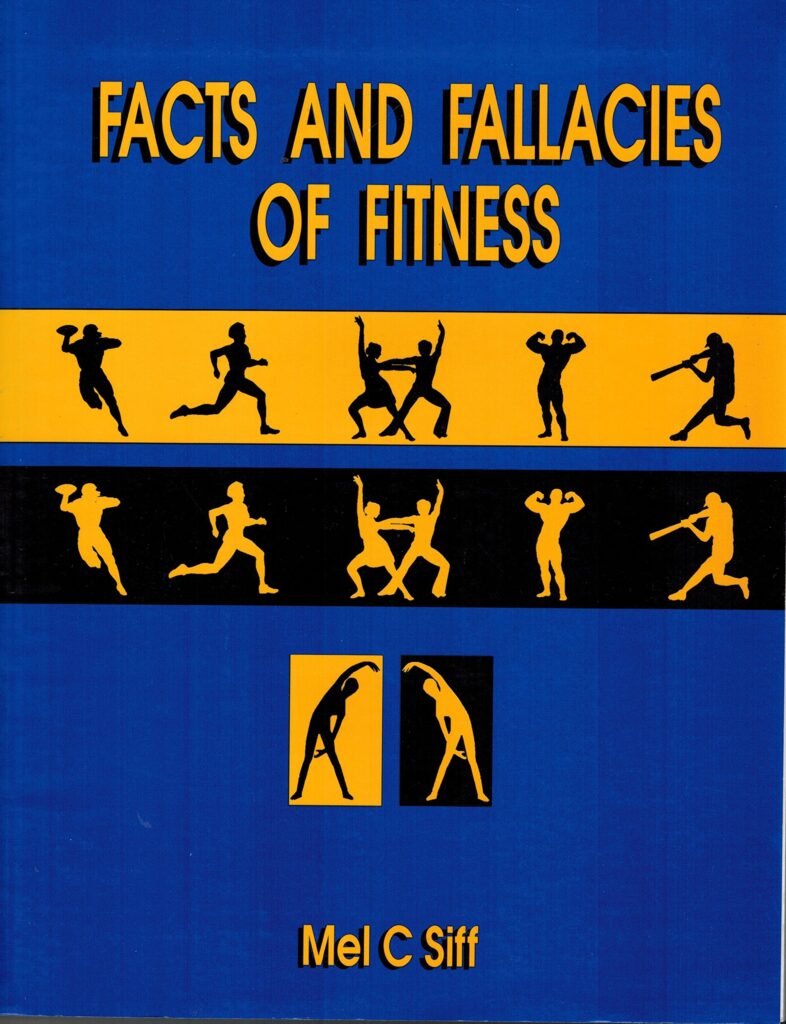
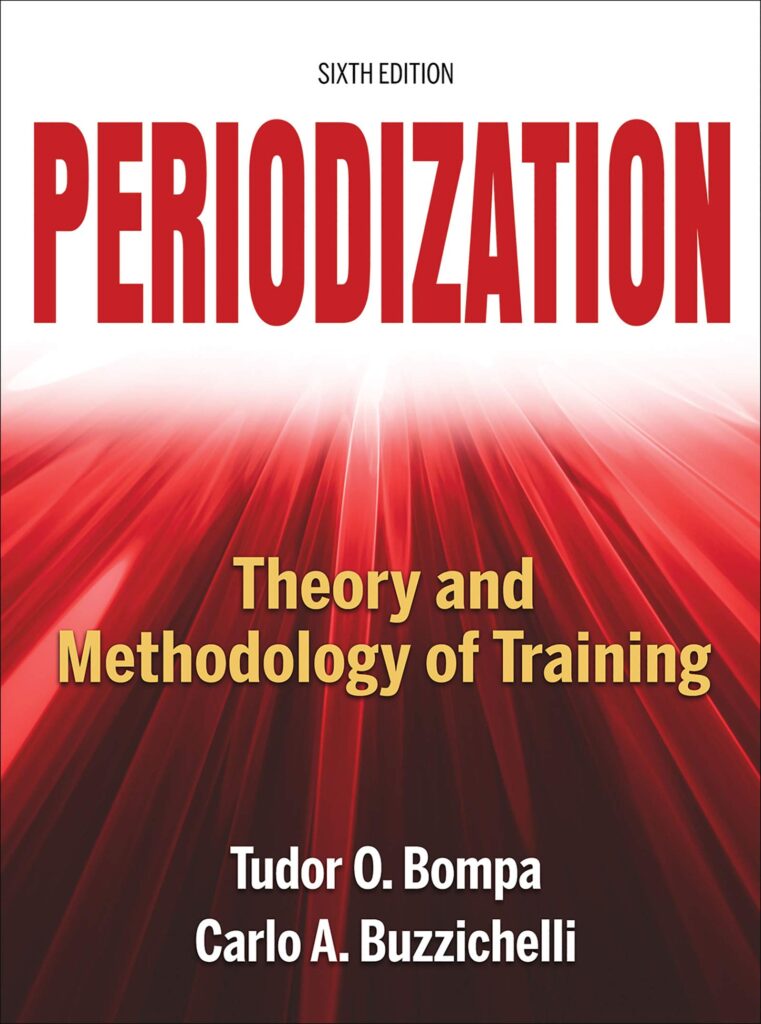
Despite reading every article and resource you could find on periodization, you always had a nagging concern about whether or not you fully knew how to periodize training for athletes. Then read Sports Periodization Training. You’ll finally feel secure in your capacity to periodize training plans for varied sports, goals, players, and positions after going over Bompa’s text for hours on end. This book is a game-changer for someone who works or wants to work with athletes.
Even though the Novice programme is described in the book, one of the most recommended books is much more than that. There are the five primary barbell lifts covered in detail in Starting Strength. Functional anatomy analysis and application, physics, and biomechanics determine proper form. The best way to use this correct form is to break it down into simple instructions that make the lifts as simple as possible to execute.
This starts the Starting Strength Program, which was created over many years of strength coaching by Mark Rippetoe. It permits beginners to acquire strength faster than any other programme throughout their first significant training phase.
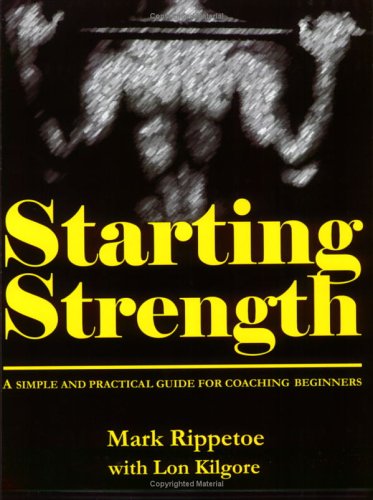
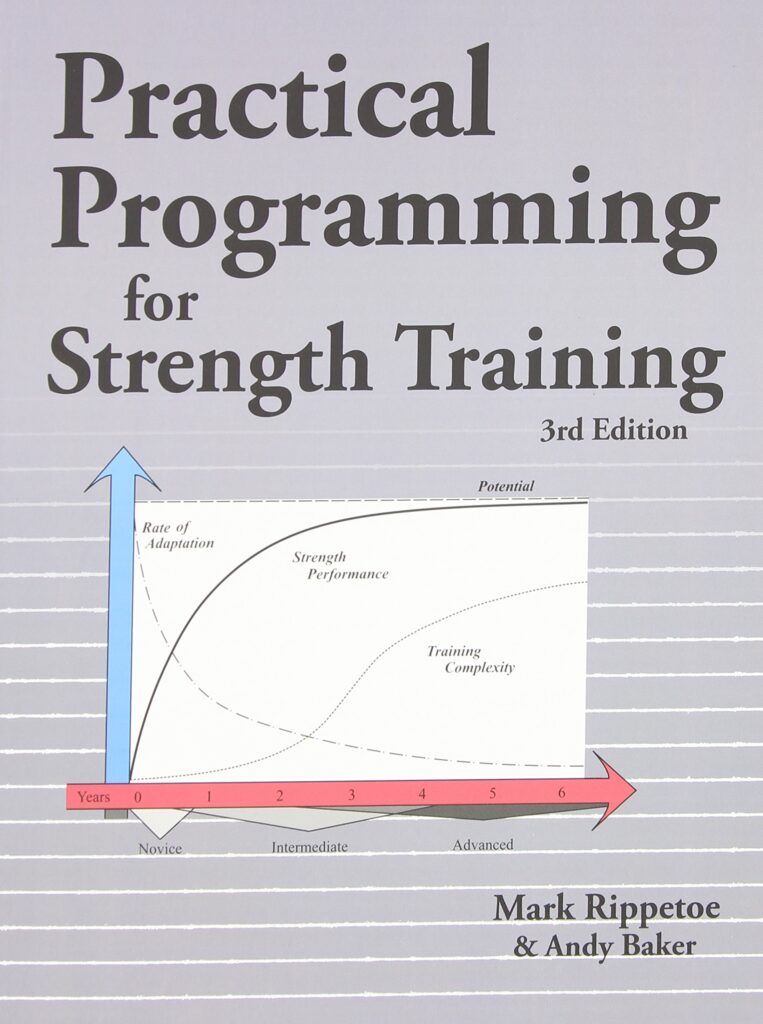
This is one of the most comprehensive and best books to read on barbell strength training programming ever published. It starts with the fundamental science of adaptability and performance. It then follows the rank rookie trainee from Day One through an entire career in strength sports to the advanced competitor’s complicated and highly individual programming. It will lead you through the ideas that allow you to intelligently construct your training for your entire career under the bar. It will include several sample programmes to apply at every stage of the lifter’s growing degree of training advancement.
To get the most out of others in strength and fitness, you must learn how to move them not only physically but also emotionally and psychologically. People are the performance variables. Understanding how to integrate accurate training data with the complexity of human behaviour is crucial to supporting athletes in accomplishing their goals.
The science of communication is introduced in this book. Through targeted communication, readers will understand the core principles of strengthening relationships, increasing engagement, and gaining the trust of athletes. Readers will also discover tangible ways to use these ideas in the day-to-day coaching scenarios they will undoubtedly face.
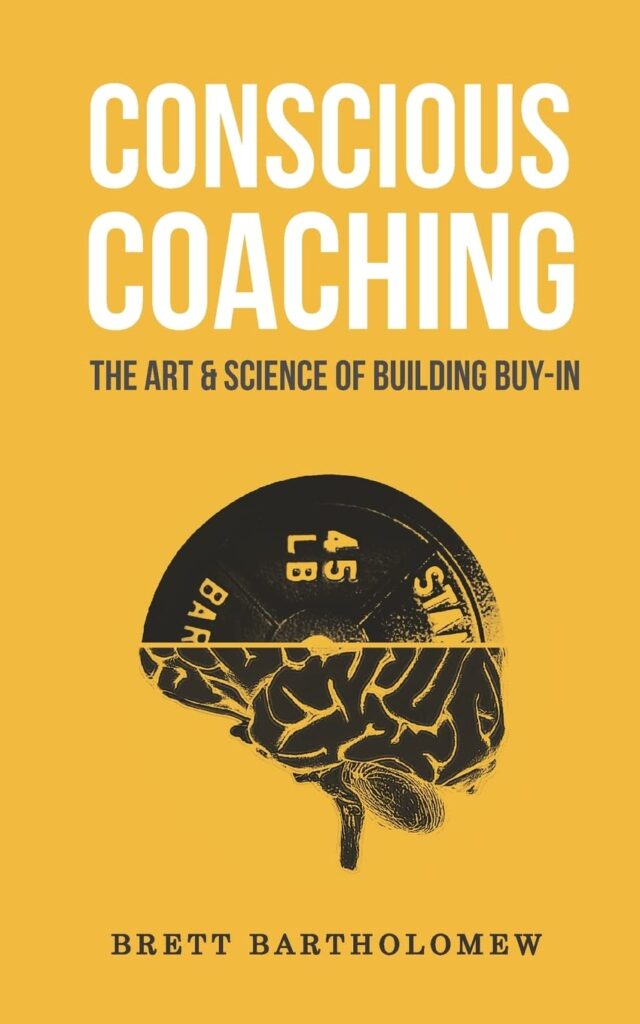
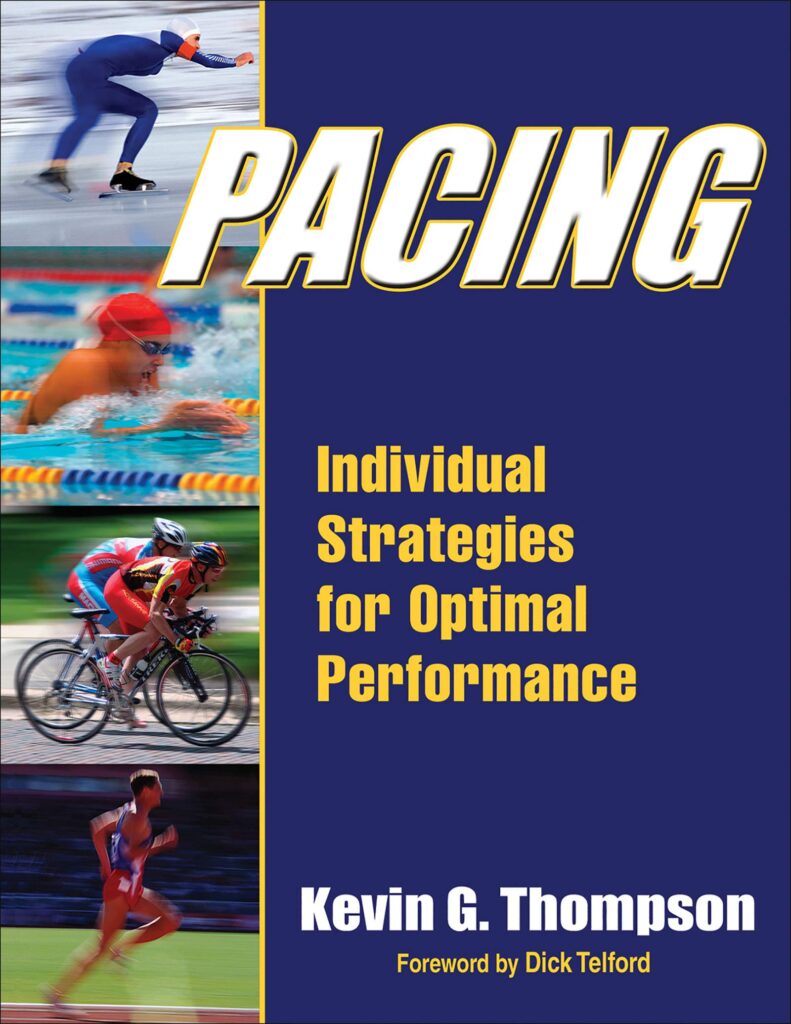
Take it slowly. Why is it so difficult? ‘Save energy and finish strong.’ It sounds simple enough. Why do even the best-conditioned elite athletes mismanage their energy reserves and finish weak? Pacing: Individual Strategies for Optimal Performance explores the latest science, research, and application in the quest for solutions.
The function of pace in sports, the most frequent tactics, the factors that determine efficacy, and critical concerns for today’s athletes and coaches are all covered in this guide.
This book will benefit researchers, strength and conditioning specialists, personal trainers, sports coaches, sports scientists, and exercise physiologists studying high-intensity interval training.
Well-known endurance athletes and HIIT practitioners Paul Laursen and Martin Buchheit do an excellent job of combining concepts based on science with simplified application of strategies. Each chapter includes sport-specific preparation and competition stages and a year of training regimen. It’s a must-read for someone seeking to incorporate this kind of training into their athletes’ training or their own.
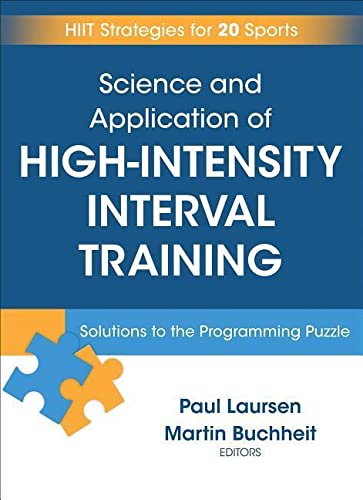
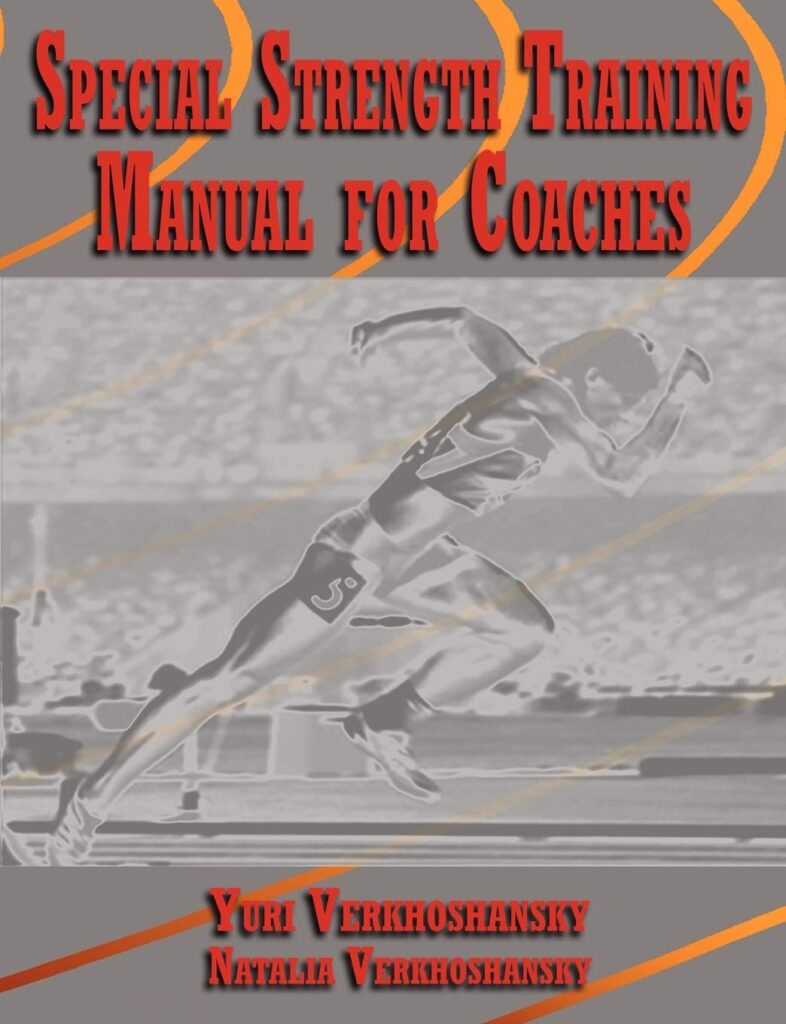
His Special Strength Training Manual for Coaches, widely regarded as Verkhoshansky’s best writing, is one of the all-time most influential and best books for coaches dealing with high-level athletes. The best part is that it includes a wealth of practical information, even on the most complex issues, rather than focusing exclusively on theory. The book’s most exciting and beneficial sections were Verkhoshansky’s descriptions of how he used and programmed jump training for his athletes. Whether you’re working with advanced athletes or want to learn more about high-level training, this book will take your knowledge to a whole new level.
The book sensibly offers the most trustworthy approaches for analyzing and monitoring the performance of the athletes, with specific sections on testing problems, interpretation, and application of results. It considers ethics, safety, reliability, validity, and standardized testing before recommending the best methods for assessing all aspects of physical performance based on a comparison of field and laboratory-based procedures. It should be read by all upper-level strength and conditioning athletes and practitioners.
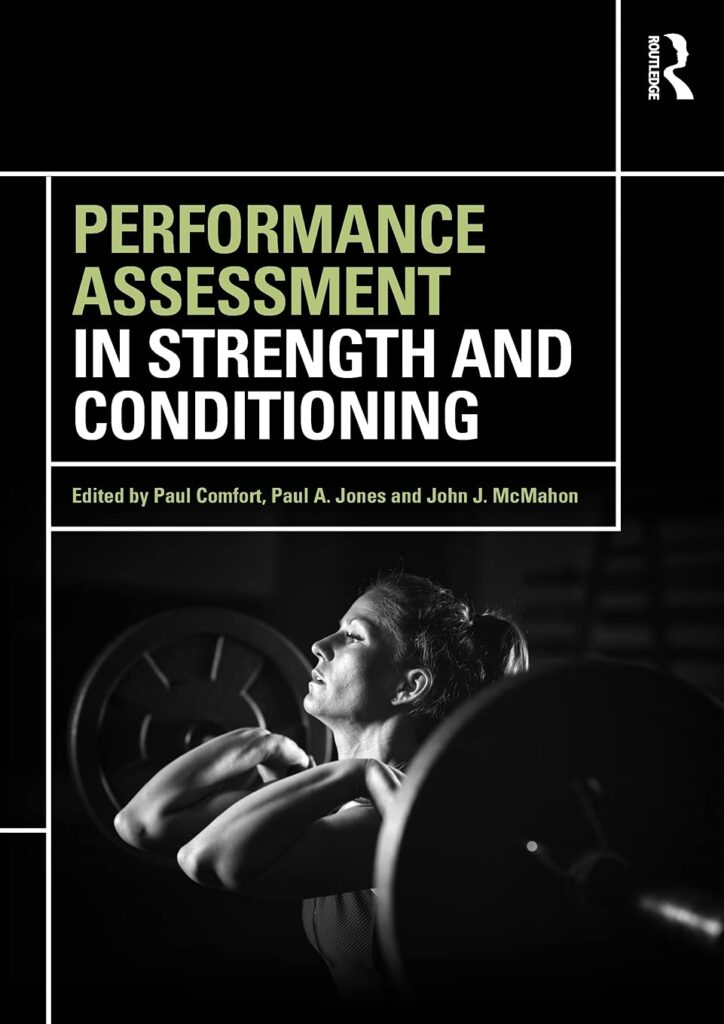
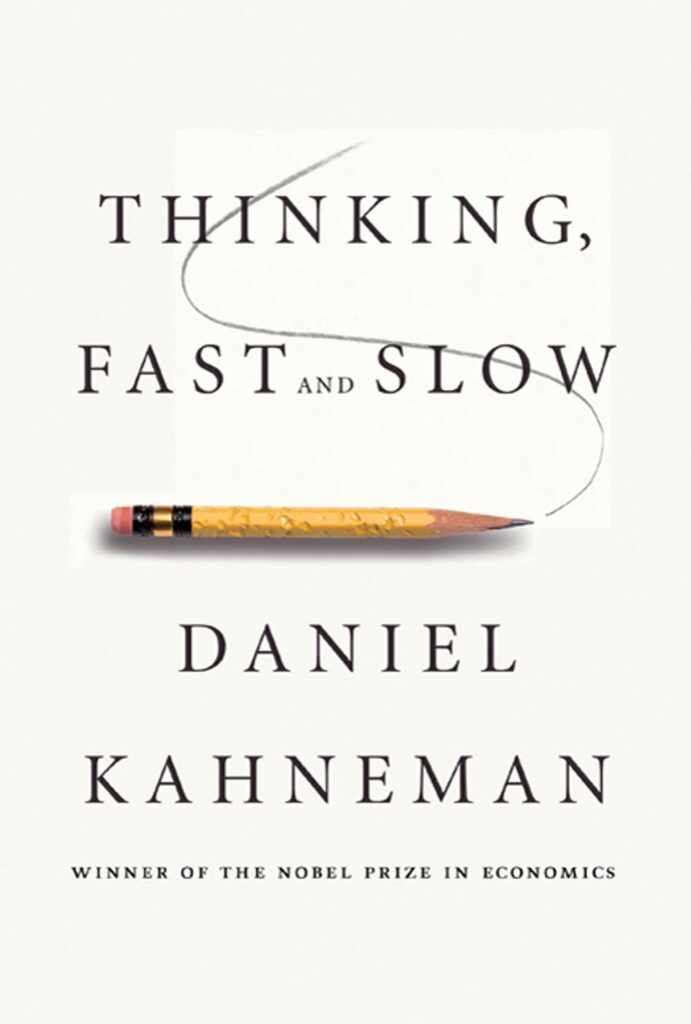
Sports psychology is beneficial to athletes. It involves techniques targeted at raising workout compliance and improving performance. In this book, psychologist Daniel Kahneman distinguishes between two parts of the brain: System 1 (heavily influenced by past experiences and can make quick decisions required for the respective sports) and System 2 (responsible for logic, creative thinking, and critical thinking). Athletes rely on System 1 immediate reflexes most of the time when participating in sports. System 2 gradually becomes second nature as it spends all of its time in a game analyzing and understanding the game strategy, and System 1 thinking takes control. This book would guide you to condition athletes that both systems should work together to produce an on-field performance.
Why Read Books for Strength and Conditioning Coaches?
To succeed in the fitness sector, you must be committed to ongoing education. More significantly, you require an education that lays the groundwork for your skillset — having efficient, good books.
As an athlete, coach, or student of exercise science, the best sportsbooks on strength and conditioning will teach you the essential concepts needed to improve your performance.
It’s a good idea to grasp physiology, kinesiology, and biomechanics on big lifts and other forms of training. This is whether your goal is to train smarter or stop making programming mistakes.


